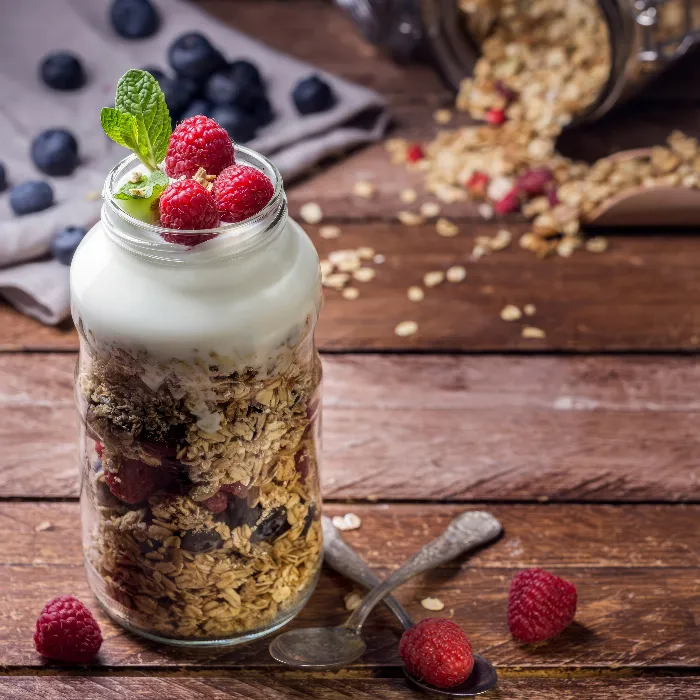In the field of food-photography, the right lighting is crucial to create appetizing and appealing images. Many photographers shy away from using flash due to the perceived complexity and the costs associated with professional studio flashes. However, it is possible to achieve impressive results even with more affordable setups. In this guide, you will learn how to revolutionize your food photography with flashes to create creative and expressive images.
Key Insights
- A studio flash setup is not necessarily required to take great food photos.
- With a cost-effective flash setup and remote triggers, you have more control over light and reflections.
- Authenticity and individual workflows are central elements for successful photography.
- Feedback and exchange with other photographers can promote your own learning process.
Step-by-Step Guide
Step 1: Choose the Right Flash Setup
Before you can start photographing, you need to decide which flash setup is best suited for your needs. There are various options, from studio flashes to compact flash systems. I recommend a cost-effective flash setup with remote triggers. This way, you have the freedom to position your flashes flexibly.

Step 2: Position Light Sources
The choice and positioning of your light sources are crucial for the quality of your images. When working with studio flashes, you can align them using modeling lights so that you have an idea of how the light will fall on your subject even before photographing. With compact flash systems, it is important to continually adjust the flashes to achieve the desired effect.
Step 3: Control Reflections
Especially when photographing glass objects or liquids, it is important to control reflections. With flashes, you have the ability to influence the light incidence so you can shape the reflections as desired. Pay attention to which light modifiers you use, as they can make a big difference.
Step 4: Enjoy the Creative Process
The creative process in food photography should be relaxed and authentic. You should take your time to try out different subjects and develop your personal style. Trying to make everything perfect can cause you to lose sight of the essence. Let the creative impulses flow and enjoy the process of photographing.
Step 5: Seek Feedback
After you have taken some pictures, it is time to gather feedback. A good way to do this is to join a community or a special group for food photography. Here, you can showcase your work, learn from others, and receive valuable tips that can help you further develop your skills.
Step 6: Continue Educating Yourself
Photography is a field that is constantly evolving. Stay curious and willing to learn to refine your technique. There are many resources, such as online tutorials or workshops, that can help you expand your knowledge. You can also explore different photography genres to find new inspiration.
Summary – Food Photography: Tips for Using Flashes
With the right technique and the right equipment, you can create impressive food photos. Use the freedom that flashes provide to create creative and appealing images. Remember that personal feedback and continuous learning are important aspects of your development as a photographer. Implement the steps learned, share your work with others, and keep the passion for food photography alive.
Frequently Asked Questions
How important is light in food photography?Light is crucial as it affects the texture, color, and overall impression of your images.
Do I need expensive flashes to take good photos?No, there are also inexpensive flash sets with which you can achieve high-quality results.
How can I better control reflections?With flash light and the right positioning, you can selectively influence reflections.
What should I do if I want feedback on my images?Join a community or group that specializes in food photography to optimize your feedback.
How can I continuously improve my photography?Stay open to new learning opportunities, participate in workshops, and regularly experiment with different techniques and styles.

